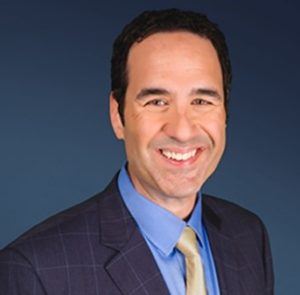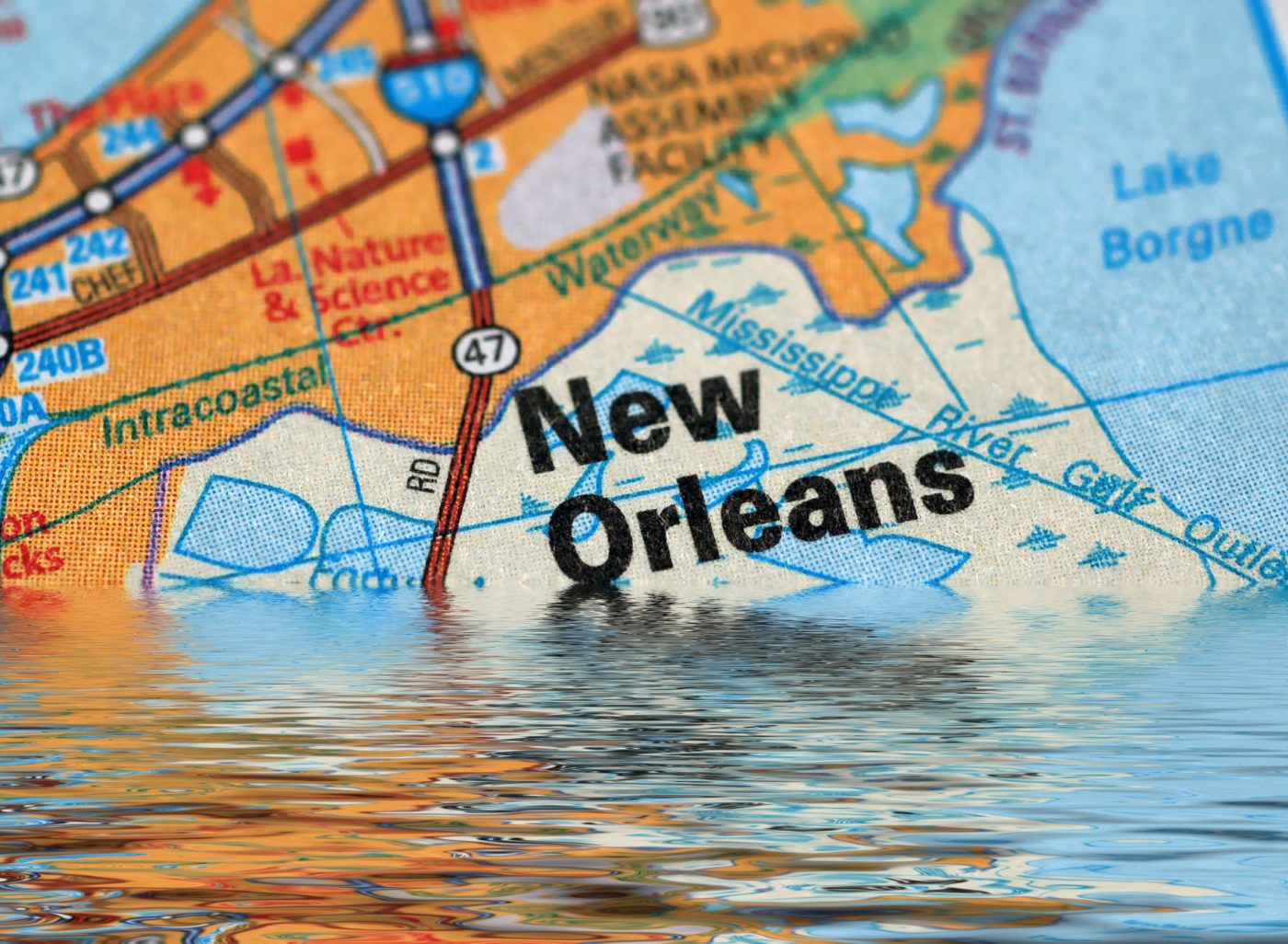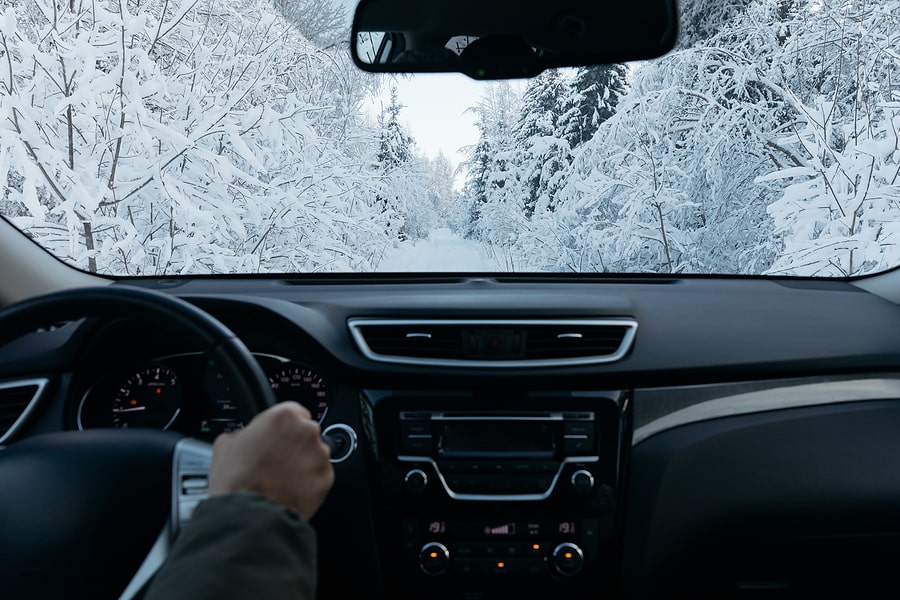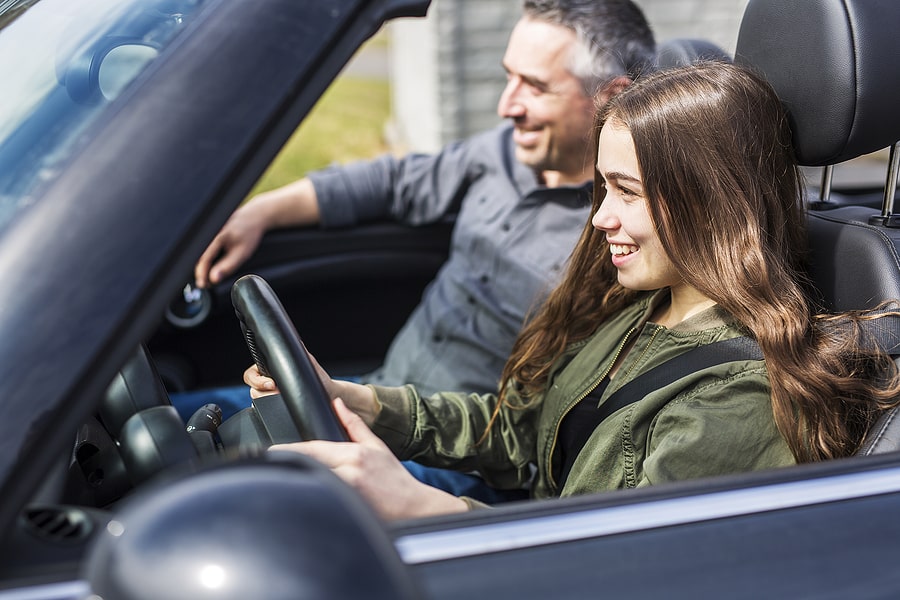Whether you are a longtime New Orleans area resident or you’ve recently relocated to our city, you’re probably painfully aware of our status as a favorite vacation and conference destination.
Although New Orleans has many family-friendly attractions, many visitors come to enjoy the abundance of food, music, and spirits. Throughout the year, out-of-state drivers can overrun the city, but it’s most noticeable during Mardi Gras, the Jazz and Heritage Festival, or when a big conference in town. Whether our visitors road trip from another state or fly into Louis Armstrong New Orleans International Airport, we don’t want them driving around as if they forgot to pack their common sense.
You can stay home to avoid sharing the road with the tourists and business travelers who flood the Crescent City, but that’s no fun! Nobody who lives in New Orleans wants to hide from its festivities.
Instead, we’ve whipped up this guide for you to understand some of the struggles out-of-state drivers must overcome when they visit New Orleans, and some signs you can look for to avoid them on the road.
Moreover, we hope it helps them get around our city safely.
With a deeper understanding of some of New Orleans’s driving laws and its complicated layout, you can avoid falling victim to an accident caused by an out-of-state driver, and those drivers can avoid crashing into you. read on to learn more from the experienced New Orleans car accident lawyers at the Stewart J. Guss Firm
No Left Turns
New Orleans is one of the few cities that doesn’t allow left turns at some intersections, often along our boulevards.
Avoiding left turns is a goal of many city planners. The National Highway Transportation Safety Administration (NHTSA) estimates 22 percent of all traffic crashes at intersections are a result of vehicles making left turns. Yet, out-of-state drivers in a new city who aren’t paying attention to traffic patterns sometimes try to make illegal left turns and cause accidents in New Orleans.
Drivers in New Orleans who want to go left must often pass the intersection where they want to turn left, make a U-turn at a designated spot, then turn right to get where they need to go. This is standard across the city on any streets with “neutral ground.” (Neutral ground refers to any grassy area between two lanes of traffic.)
Other cities refer to this as a median. New Orleans, however, retained the name “neutral ground” partly as a joke and partly as a throwback to when neutral ground was used to describe the area between the French Creoles and Anglo-Americans in a divided city.
To make matters worse, out-of-state drivers will be hard-pressed to find any signs, lane markings, or indicators instructing them how to turn. This puts others on the road at risk for accidents as visitors drive around trying to figure out where they need to make a U-turn so they can turn left. Plus, since most states make U-turns illegal, out-of-state drivers rarely feel comfortable with the maneuver—and it can show when they execute it.
Right Turns on Red
If you live in the Greater New Orleans areas, you likely know that you can make a right turn after you stop at a red light, as long as it is safe to proceed and no sign prohibits it. Right turns on red are common in many states, but not all. Some visitors to New Orleans who don’t know this can create traffic issues and bottlenecks when they don’t proceed to turn after a stop.
The biggest risk for right turns on red lies with pedestrians. New Orleans has many tourists and visitors who stay in the French Quarter and Central Business District. Distracted or lost out-of-state drivers can easily hit a pedestrian or bicyclist when making a right turn at a red light.
Confusing Street Layout
New Orleans’s streets and suburbs are not laid out in a perfect grid like other large cities—the roads are more like the spokes of a wheel. This is largely due to the streets following the bends and curves of the Mississippi River.
Additionally, New Orleans has no logical or intuitive system for numbering or naming their roads. For example, someone who drives along St. Charles Avenue from Canal Street will run into First through Eight Streets, but Fifth doesn’t exist. Instead, it’s named Washington Avenue. After Eighth Street, the numbers end. Puzzled yet?
Additionally, you cannot measure distance in blocks because the distance between cross streets varies so much in different parts of the city. Many streets do not run continuously because of a random cemetery, something New Orleans is famous for.
The inconsistencies and confusing layout of New Orleans isn’t a problem for natives, yet visitors often rely on a GPS to get where they are going. This creates dangerous distractions for drivers and puts others who share the road at risk for accidents and injury. You’ve seen those drivers playing with a map while behind the wheel or looking at their phone trying to figure out where they are going. When they are distracted, they aren’t paying attention to their speed or direction. This makes for a dangerous combination.
Very Few Two-Way Streets
One-way streets are not a novel idea, and many out-of-towners have certainly experienced driving on them, but in New Orleans they’re a bit trickier.
This is primarily because of the above-mentioned fact that New Orleans streets aren’t in a grid pattern like other cities and towns. If you drive in a city with one-way streets, you typically know that if you go one block over, in either direction, you will find a street going the other way. The perfect city blocks are even and consistent.
Downtown and uptown New Orleans have very few two-way streets. Visitors who head out to Gretna or another suburb on the West Bank will find the frontage roads are all one-way, too! This means drivers exit on the right, and if they miss their turn, they must go all the way to the next exit, get back on the freeway heading the opposite way, and try again from the other direction.
Finally, it’s difficult for out-of-towners to figure out which end is up, or literally, which way is right because blocks are triangles or points and signs aren’t always easy to see. When out-of-town drivers turn the wrong way down a one-way street, they may cause a dangerous head-on collision. These types of accidents can be fatal, especially at high speeds.
How to Spot an Out-of-State Driver in New Orleans
You can learn to spot out-of-state drivers, or at the very least negligent ones. Different clues are visible from different distances, but here are some tips you can use to help you steer clear:
Look at License Plates
An out-of-state license plate doesn’t always mean the driver is unfamiliar with the city, but it’s a good indication. If you’re close enough to see a vehicle’s license plate and it isn’t from Louisiana, hang back. This allows you to avoid an accident if the vehicle makes any quick stops or maneuvers.
Look for Rental Car Placards
Not all rental car companies have placards, but some do. Also, some local residents rent a car if theirs is in the shop. Still, if you notice any placards, signs, decals, or stickers on the windows, doors, or license plates of a vehicle that advertise common rental car companies, it likely indicates an out-of-state driver. This doesn’t mean the driver is unfamiliar with New Orleans, its driving laws, and its confusing layout, but it should alert you to watch out for bad driving that can cause an accident.
Watch for Slow Drivers
When a vehicle is traveling too slowly compared to the rest of the traffic, other motorists assume an elderly driver is to blame. In cities like New Orleans that have many out-of-town visitors, a slow driver is likely a tourist. Typically, tourists drive slow because they are sightseeing and watching things outside of the car or because they are looking for a particular street name or address. In any case, if you notice a slow driver, safely pass them if possible. If not, give them plenty of space.
Watch for Distracted Drivers
Distracted driving causes accidents in New Orleans, Louisiana, and across the nation, but tourists who are driving in another city are especially prone to distractions. Slow driving can indicate distracted driving. Watch out for drivers who are looking at papers or maps or using their cell phones. Almost everyone has a smartphone these days, so it’s common for out-of-state drivers to rely on Google Maps or some other navigation app to find their way around.
Louisiana law prohibits using a cell phone when behind the wheel, but it doesn’t mean drivers, especially those unfamiliar with the New Orleans area, won’t use their phones. Texting, emailing, or surfing the internet while behind the wheel takes a driver’s hands off the wheel, eyes off the road, and mind away from driving, making phones among the most dangerous of all driving distractions. If you notice a driver using a cell phone, you need to stay as far away from them as possible to avoid an accident.
Watch for Swerving
New Orleans is proud of its food, music, nightlife, and spirits. Throngs of out-of-state drivers head to Bourbon Street, Frenchmen Street, or Uptown to enjoy music and imbibe heavily. One would hope visitors would use the city’s trolleys, taxis, or rideshares to avoid drinking and driving, but this isn’t always the case. When you’re driving in New Orleans – especially on the narrow streets of the French Quarter – keep an eye out for drunk drivers. Look for swerving and other erratic movements that might lead to a dangerous or deadly accident.
What Should You Do if You Are in an Accident With an Out-of-State Driver?

Out-of-state drivers will want to avoid liability for an accident, especially if they are in a rental car. It’s also easy for morally-bankrupt types to leave the scene of the accident, return to their home states, and try to completely avoid any responsibility.
If you are in an accident in New Orleans with an out-of-state driver, you need to act fast to protect your interests.
These tips can help you make sure you aren’t stuck with all the economic losses associated with an accident caused by an out-of-state driver.
Gather Information ASAP
Prevent the out-of-state driver from fleeing the scene of an accident and get as much information as possible, as soon as possible. Take photos or record license plate information and the driver’s name, phone number, and email. Get their insurance information and find out if they own their vehicle or if it is a rental. If you aren’t physically able to get information, you or your car accident lawyer can obtain this from a police report later on.
Seek Immediate Medical Treatment
Your health is the top priority, so make sure to accept treatment at the scene of the accident or head to the nearest emergency room as soon as you can. A physician can examine you for common car accident injuries and record them in your medical record. This will make for valuable evidence in an insurance claim or subsequent lawsuit.
Consult an Experienced Auto Accident Attorney
A car accident caused by an out-of-state driver can lead to complex insurance claims and lawsuits. Some cases can also involve rental car companies and their insurance carriers.
You need an experienced New Orleans car accident lawyer who knows how to handle your claim, even when the at-fault party isn’t a local resident or when multiple defendants are involved in the case.
A New Orleans car accident lawyer can guide you through the claims process and help you get the maximum compensation you deserve for any losses related to the accident and your injuries.
Stewart J. Guss, Injury Accident Lawyers
12777 Jones Rd Suite 297
Houston, Texas
(281) 816-3448





